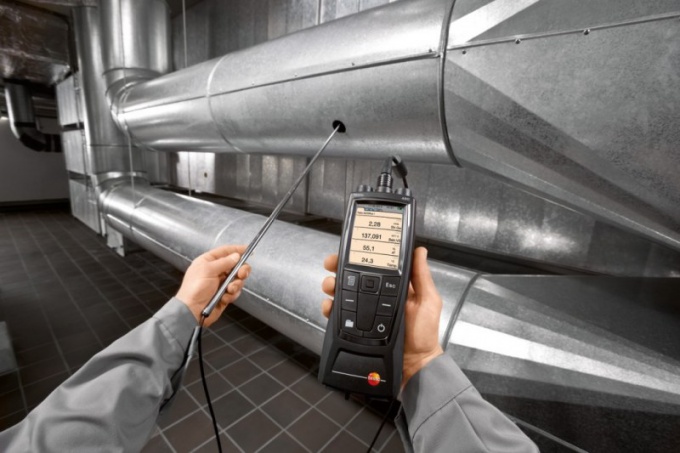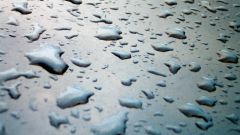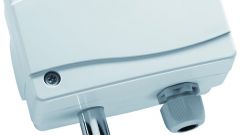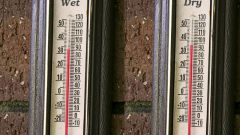Absolute humidity
Absolute humidity is the density of water vapor in the air, in other words, the mass of water vapor, which is actually fit in one cubic meter of air. The indicator is measured in grams per cubic meter.
The air is able to reach a state of complete saturation, this is due to the fact that at a constant temperature, it is able to absorb only a certain quantity of steam. So the absolute humidity (when the air is fully saturated) is called moisture capacity.
Relative humidity
The absorption depends on the temperature, and increase increases dramatically. If we calculate the ratio of the absolute humidity of air at a specific temperature to its capacity at the same temperature will produce a measure called relative humidity.
If we analyze the values of the relative humidity across the Land, it is highest in the Equatorial zone, in the polar latitudes, and within continents, the average latitude in the winter, and lowest in the subtropical and tropical deserts. As altitude increases humidity decreases rapidly.
How to find relative humidity
To determine the value of the relative humidity of the air used a special device – a psychrometer. In fact it is a system of two thermometers. One of them put a gauze case, the tip is lowered into the water. The second thermometer is in normal mode and shows the current air temperature. First, the thermometer with case, shows a lower temperature (because the evaporation of moisture from the case consumed heat).
The temperature value, which shows the wet thermometer, is called the limit of cooling, and the difference between the dry and wet – psychrometric difference. The relative humidity is inversely proportional to the psychrometric difference: the lower the humidity, the more moisture the air can absorb.
To obtain a numerical measure of the relative humidity need the value of absolute humidity divided by maximum possible humidity. Usually the result is expressed in percent.
The humidity indicator is very important, because if too low or high humidity deteriorating human health, reduced working capacity, deteriorating perception and memory. In addition, under strictly defined borders humidity required to store food, building materials and many electronic components.




